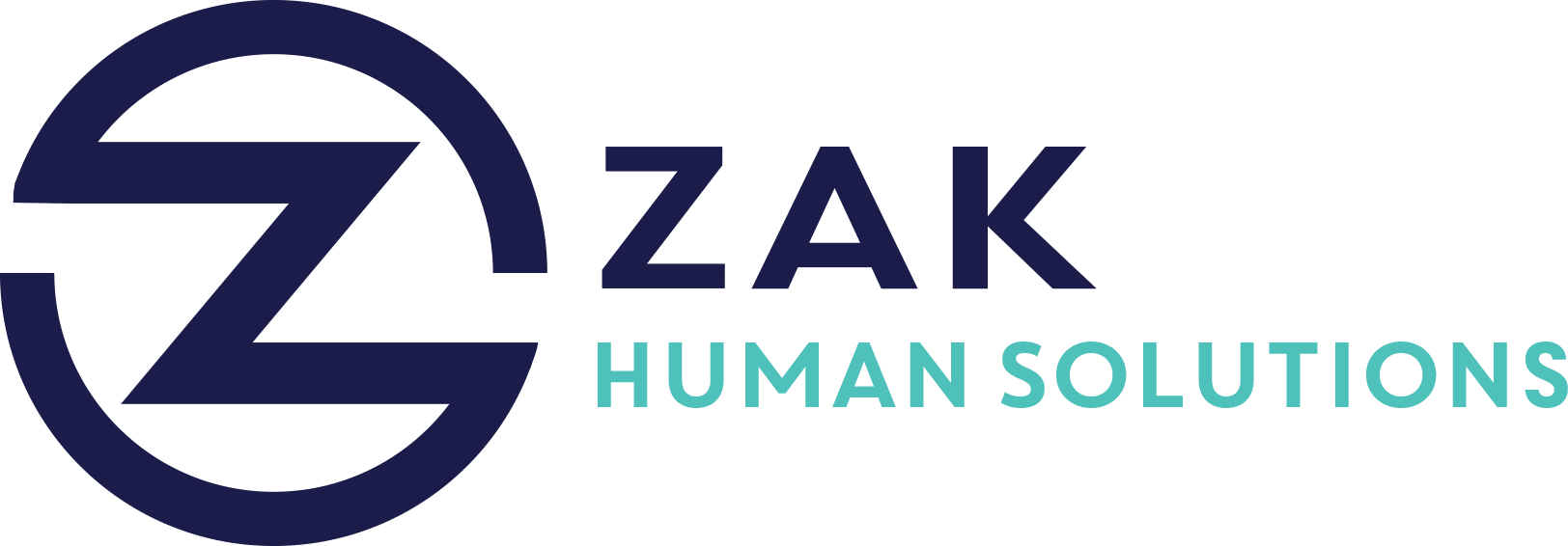In today’s ever-evolving global workforce, the ability to attract and retain top talent remains a formidable challenge for organizations worldwide. As we approach 2025, the dynamics of employee retention have reached a critical juncture due to increased demand for flexibility and meaningful work. Organizations must now pivot from traditional retention norms to embrace a more holistic approach that centers on flexibility, employee well-being, and technological integration.
Understanding the Evolving Workplace
A Shift Towards Casual and Inclusive Cultures
The modern workplace is shedding its rigid conventions for more relaxed and inclusive cultures. A survey by Express Employment Professionals and The Harris Poll highlights this shift, noting the diminishing importance of formal dress codes, replaced by a focus on autonomy and respect. As Bill Stoller of Express Employment International points out:
“Perks like a more casual dress code are simple to implement and can have a significant impact on recruiting and retention.”
Incorporating flexibility into workplace culture not only attractive potential hires but also retains them by ensuring their work environment resonates with their values and expectations.
The Non-Negotiable Expectation of Flexible Work
In 2025, flexible work arrangements will be more expectation than exception. Employees now demand the autonomy to choose their work environment, and companies that fail to provide this are at risk of losing valuable talent. There are several key strategies to consider:
- Workations: Popular in Europe, workation policies allow employees to work remotely from vacation destinations, enhancing morale and demonstrating a commitment to work-life integration.
- Hybrid Customization: Tailoring hybrid work policies to accommodate individual preferences helps employees feel valued and supports diverse work styles.
By prioritizing flexible work arrangements, companies signal to their employees that their well-being is paramount.
Prioritizing Employee Well-Being
Employee well-being is no longer just a buzzword but a core business strategy essential for retention. To cater to employees’ holistic needs, organizations should implement comprehensive well-being initiatives that address:
- Mental Health Support: Providing resources like counseling services and mental health days shows empathy and helps counteract burnout.
- Financial Benefits: Custom-tailored financial benefits can alleviate stress, with options like enhanced parental leave and financial planning support.
- Career Development Opportunities: Investment in continuous learning and upskilling through mentorships and leadership training demonstrates commitment to employee advancement.
The Role of Technology in Retention
Technology enables efficient communication and fosters community within the workforce, with AI and virtual platforms playing increasingly vital roles.
- AI-Powered Tools: Utilizing AI in talent management helps predict attrition risks and allows proactive HR interventions.
- Virtual Team Building: As remote work prevails, virtual team-building activities like interactive workshops and online games maintain team morale and collaboration.
Regional Retention Trends and Challenges
Retention strategies are not one-size-fits-all; they must consider regional differences. A 2024 survey revealed that:
- Europe favors workations and parental leave as essential retention incentives.
- North America trends towards flexible work arrangements and casual workplace environments.
- Asia-Pacific prioritizes upskilling due to rapid digital transformations.
Understanding these regional nuances allows companies to tailor retention strategies effectively.
Overcoming Retention Challenges
Despite innovations, 2025 will present unique challenges in retention:
- Job Hopping: Abundant opportunities push employees to explore new roles, thus necessitating stronger employee engagement strategies.
- Digital Divide: Unequal access to remote work technology must be addressed through investments in digital infrastructure.
- Generational Expectations: Aligning company values with purpose-driven work desired by Millennials and Gen Z is crucial.
Crafting a Comprehensive Retention Strategy
To stay competitive, organizations should adopt multifaceted retention strategies that focus on:
- Personalisation: Customizing benefits and policies to fit individual needs.
- Transparency: Building trust through open communication about company goals.
- Recognition: Regularly valuing employee contributions to boost loyalty.
As we move towards 2025, organizations that innovate by embracing flexible work environments, prioritizing holistic well-being, and leveraging technology will not only retain talent but also foster a dynamic and resilient workforce ready for future challenges.




